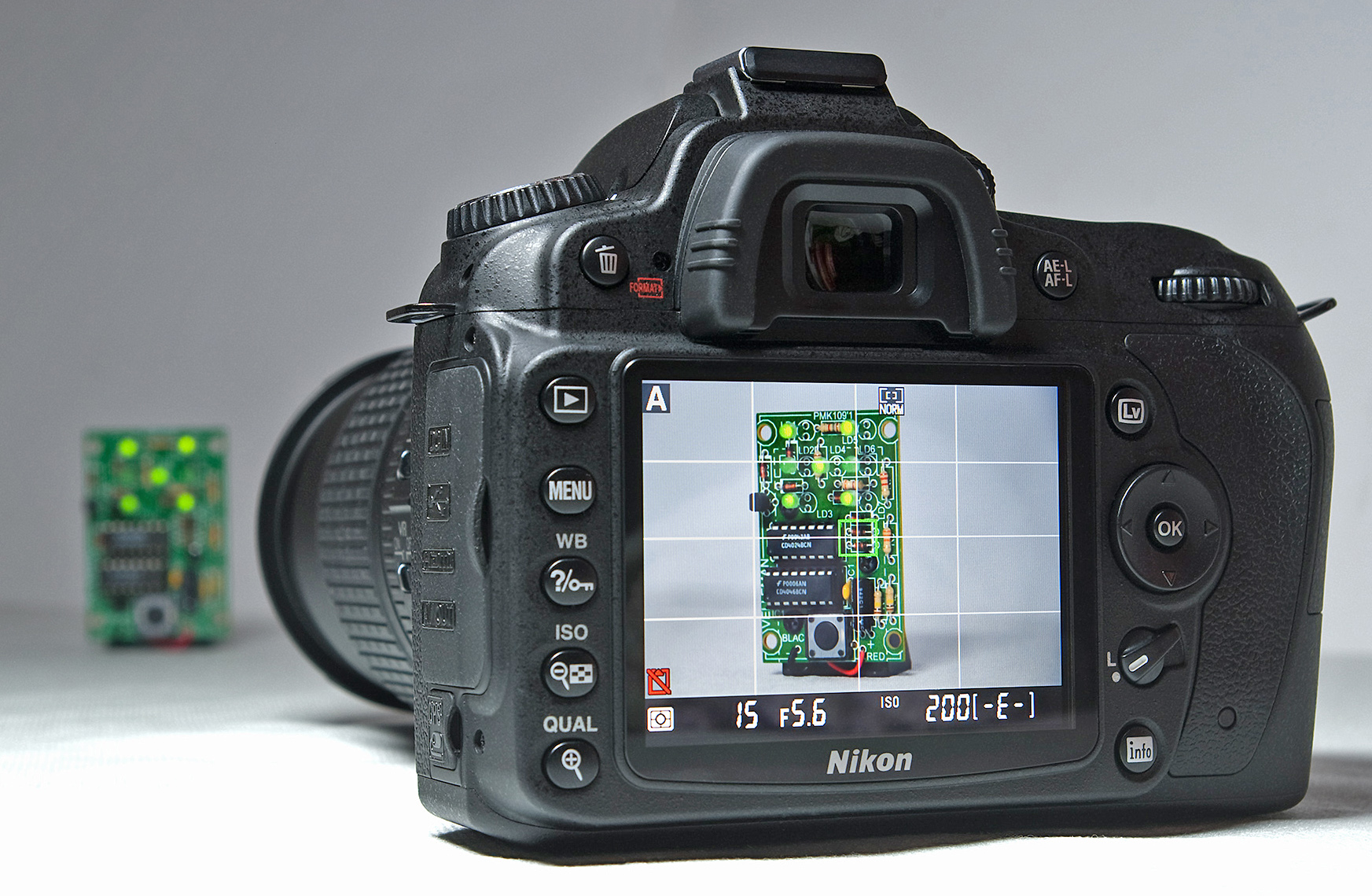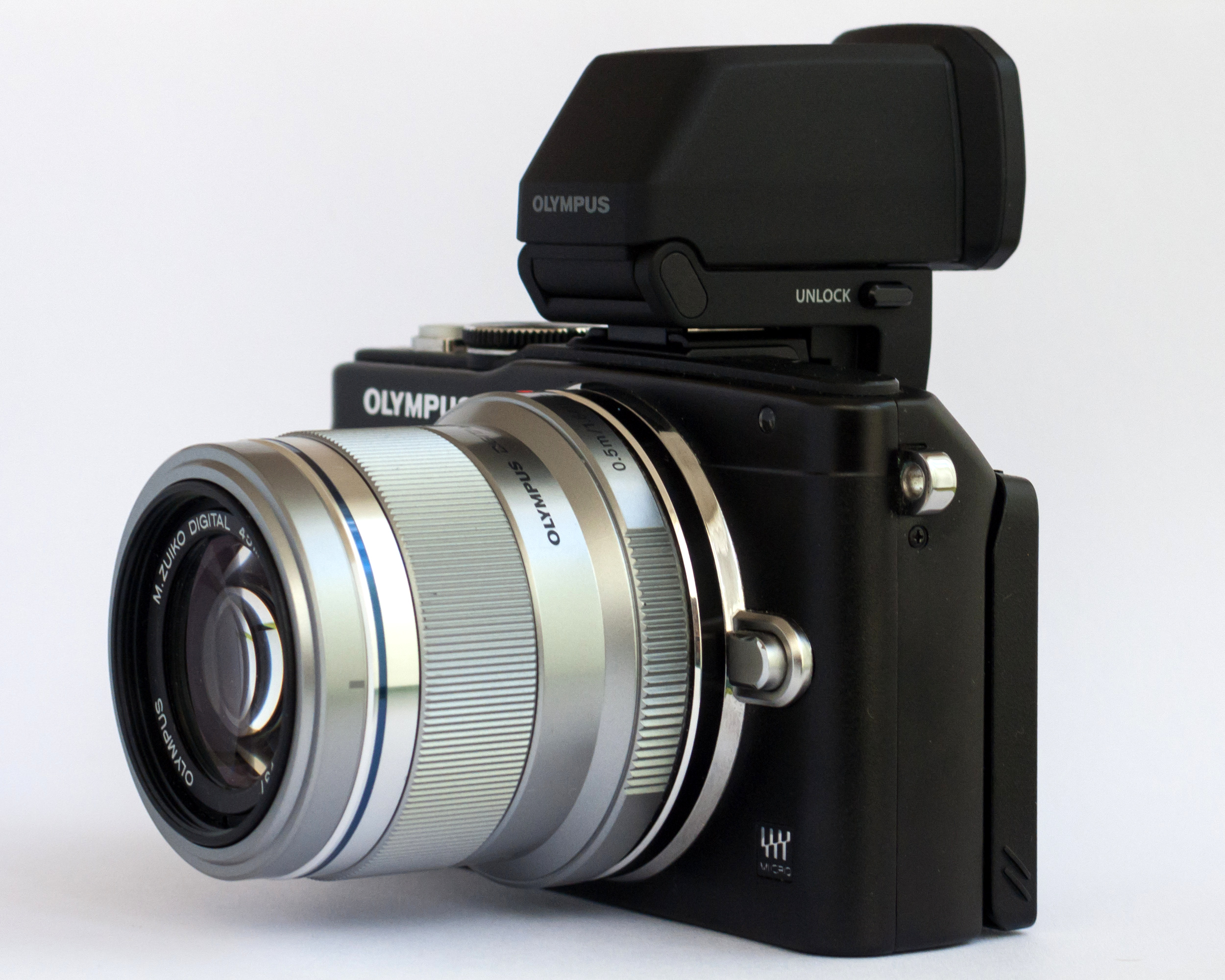|
Focus Peaking
Focus peaking is a focusing aid in live preview or electronic viewfinder An electronic viewfinder (EVF) is a camera viewfinder where the image captured by the lens is displayed on a small screen (usually LCD or OLED) which the photographer can look through when composing their shot. It differs from a live preview sc ...s on digital cameras that places a white or coloured highlight on in-focus edges (contours) within an image using an edge detect filter. References *http://photolisticlife.com/2013/04/07/what-is-focus-peaking/ *http://camera-wiki.org/wiki/Focus_peaking *http://petapixel.com/2012/08/30/focus-peaking-making-its-way-onto-more-digital-cameras/ {{photography-stub Digital photography ... [...More Info...] [...Related Items...] OR: [Wikipedia] [Google] [Baidu] |
Focus Peaking
Focus peaking is a focusing aid in live preview or electronic viewfinder An electronic viewfinder (EVF) is a camera viewfinder where the image captured by the lens is displayed on a small screen (usually LCD or OLED) which the photographer can look through when composing their shot. It differs from a live preview sc ...s on digital cameras that places a white or coloured highlight on in-focus edges (contours) within an image using an edge detect filter. References *http://photolisticlife.com/2013/04/07/what-is-focus-peaking/ *http://camera-wiki.org/wiki/Focus_peaking *http://petapixel.com/2012/08/30/focus-peaking-making-its-way-onto-more-digital-cameras/ {{photography-stub Digital photography ... [...More Info...] [...Related Items...] OR: [Wikipedia] [Google] [Baidu] |
Live Preview
Live preview is a feature that allows a digital camera's display screen to be used as a viewfinder. This provides a means of previewing framing and other exposure before taking the photograph. In most such cameras, the preview is generated by means of continuously and directly projecting the image formed by the lens onto the main image sensor. This in turn feeds the electronic screen with the live preview image. The electronic screen can be either a liquid crystal display (LCD) or an electronic viewfinder (EVF). Background The concept for cameras with live preview largely derives from electronic (video) TV cameras. Until 1995 most digital cameras did not have live preview, and it was more than ten years after this that the higher end digital single-lens reflex cameras (DSLR) adopted this feature, as it is fundamentally incompatible with the swinging-mirror single-lens reflex mechanism. The first digital still camera with an LCD for autogain framing live preview was the ... [...More Info...] [...Related Items...] OR: [Wikipedia] [Google] [Baidu] |
Electronic Viewfinder
An electronic viewfinder (EVF) is a camera viewfinder where the image captured by the lens is displayed on a small screen (usually LCD or OLED) which the photographer can look through when composing their shot. It differs from a live preview screen in being smaller and shaded from ambient light, and may also use less power. The sensor records the view through the lens, the view is processed, and finally projected on a miniature display which is viewable through the eyepiece. Digital viewfinders are used in digital still cameras and in video cameras. Some cameras (such as Panasonic, Sony, Fujifilm) have an automatic eye sensor which switches the display from screen to EVF when the viewfinder is near the eye. More modest cameras use a button to switch the display. Some have no button at all. While many cameras come with a built-in EVF, this is fixed in place and can only be used while holding the camera to the user's eye, which may not be convenient. Other cameras don't come with ... [...More Info...] [...Related Items...] OR: [Wikipedia] [Google] [Baidu] |
Edge Detection
Edge detection includes a variety of mathematical methods that aim at identifying edges, curves in a digital image at which the image brightness changes sharply or, more formally, has discontinuities. The same problem of finding discontinuities in one-dimensional signals is known as ''step detection'' and the problem of finding signal discontinuities over time is known as ''change detection''. Edge detection is a fundamental tool in image processing, machine vision and computer vision, particularly in the areas of feature detection and feature extraction. Motivations The purpose of detecting sharp changes in image brightness is to capture important events and changes in properties of the world. It can be shown that under rather general assumptions for an image formation model, discontinuities in image brightness are likely to correspond to: * discontinuities in depth, * discontinuities in surface orientation, * changes in material properties and * variations in scene illumi ... [...More Info...] [...Related Items...] OR: [Wikipedia] [Google] [Baidu] |


